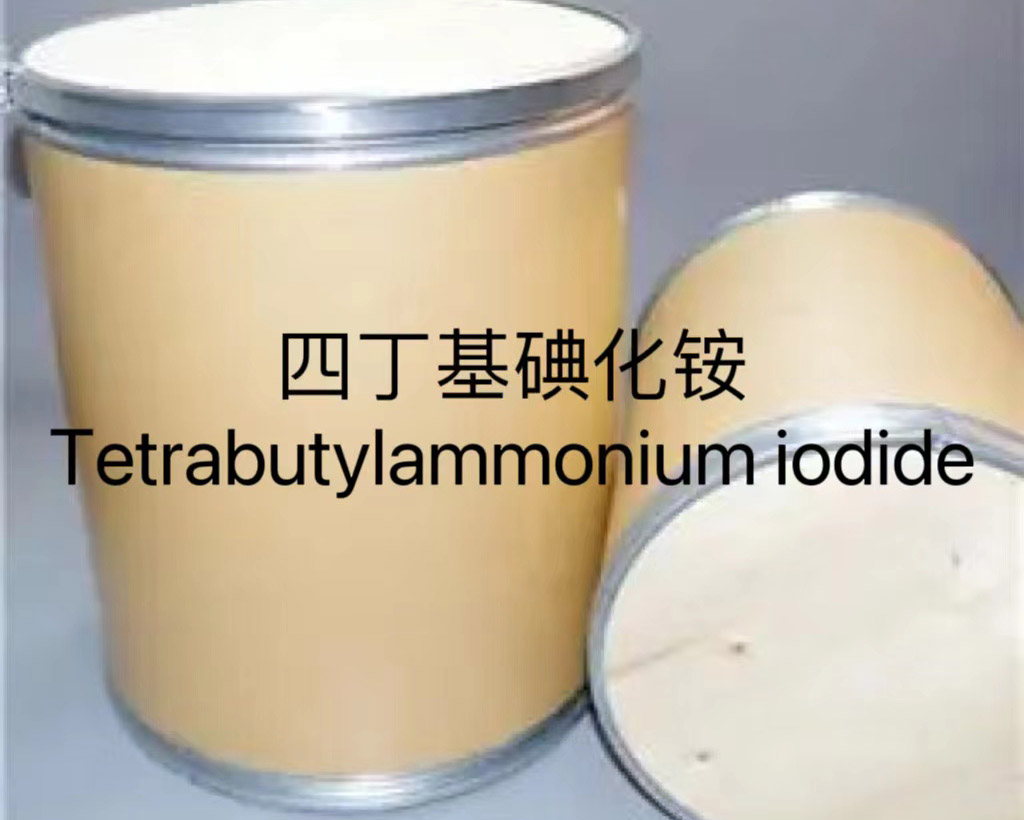Tetrabutylammonium iodide (TBAI) is a chemical compound that has gained significant attention in the field of organic chemistry. It is a salt that is commonly used as a phase transfer catalyst. The unique properties of TBAI make it an ideal choice for many types of chemical reactions, but what is the mechanism behind these reactions?
TBAI is known for its ability to transfer ions between immiscible phases. This means that it can enable reactions to occur between compounds that would otherwise be unable to interact. TBAI is particularly useful in reactions involving halides, such as iodides, because it can increase their solubility in organic solvents while maintaining their ionic properties.
One of the most common applications of TBAI is in the synthesis of organic compounds. When TBAI is added to a two-phase reaction system, it can promote the transfer of anions between the phases, enabling reactions to take place that would be impossible without the use of the catalyst. For example, TBAI has been used in the synthesis of unsaturated nitriles by the reaction of ketones with sodium cyanide in the presence of the catalyst.

The mechanism of TBAI-catalyzed reactions relies on the transfer of the catalyst between the two phases. The solubility of TBAI in organic solvents is key to its effectiveness as a catalyst because it allows the catalyst to participate in the reaction while remaining in the organic phase. The reaction mechanism can be summarized as follows:
1. Dissolution of TBAI in the aqueous phase
2. Transfer of TBAI to the organic phase
3. Reaction of TBAI with the organic substrate to form an intermediate
4. Transfer of the intermediate to the aqueous phase
5. Reaction of the intermediate with the aqueous reactant to produce the desired product
The effectiveness of TBAI as a catalyst is due to its unique ability to transfer ions across the two phases, while maintaining their ionic character. This is achieved by the high lipophilicity of the alkyl groups of the TBAI molecule which provide a hydrophobic shield around the cationic moiety. This feature of TBAI provides stability to the transferred ions and enables reactions to proceed efficiently.
In addition to synthesis applications, TBAI has also been used in a variety of other chemical reactions. For example, it has been used in the preparation of amides, amidine, and urea derivatives. TBAI has also been used in reactions that involve the formation of carbon-carbon bonds or the removal of functional groups such as halogens.
In conclusion, the mechanism of TBAI-catalyzed reactions is based on the transfer of ions between immiscible phases, which is enabled by the unique properties of the TBAI molecule. By promoting the reaction between compounds that would otherwise be inert, TBAI has become a valuable tool for synthetic chemists across a range of fields. Its effectiveness and versatility make it a go-to catalyst for those looking to expand their chemical toolkit.
Post time: May-10-2023




